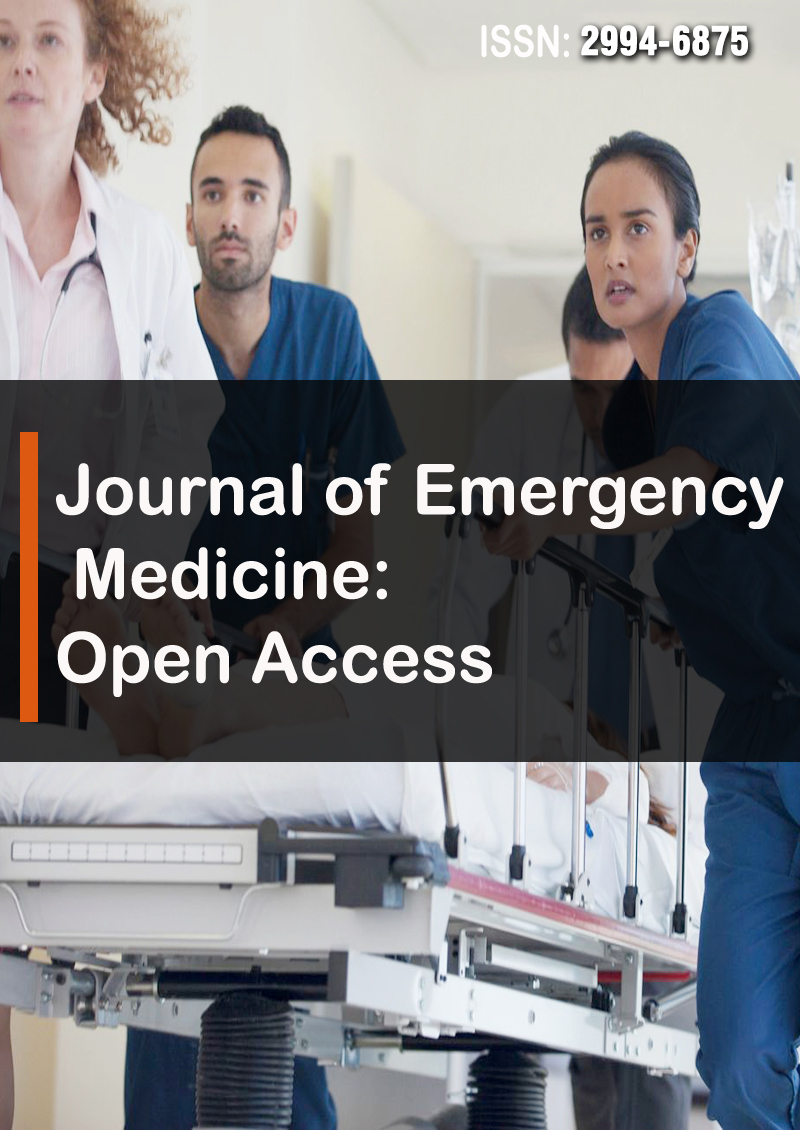Emergency Admissions and Associated Factors among Children Admitted to the Pediatric Emergency Unit at Selected Public Hospitals at Addis Ababa, Ethiopia-A Retrospective Cross-Sectional Study
Abstract
Tsegaye Asinakew and Teshome Habte
Background: A pediatric emergency condition is a life-threatening process that, without timely and standard clinical intervention, may lead to death. Therefore, this study aimed to assess the outcomes of emergency admissions and associated factors among children admitted to the pediatric emergency of selected public hospitals.
Methods: An institutional-based retrospective cross-sectional study design was conducted on children admitted to the emergency unit of randomly selected public hospitals from January 02, 2020, to January 08, 2022. Data were extracted from admitted Childrens’ chart using prepared checklists from February 1 to March 1, 2022.
Result: A total of 303 admitted children’s charts were reviewed with 100% coverage. The mean age of children was 37.47 months, and the male-to-female ratio was 1.16:1. The study revealed that mortality rate is 5% and the most common causes of emergency admission were pneumonia (22.4%) with high mortality rate, surgical emergencies (14.5%), and late-onset sepsis (9.2%), respectively. More than half (53.8%) of children were admitted to the Pediatric Emergency Department for less than 24 hours, and the mean length of stay was 2 days. 39.6% of children were discharged with clinical improvement. Known comorbidity and length of stay less than 24 hours were strongly associated with the health care intervention.
Conclusion: The study indicates that high mortality rates and pneumonia are taking the lead, with known comorbidity showing a significant association with mortality. Federal Ministry of Health recommended developing national pediatric emergency care guidelines as standard documents and providing skill gap training for healthcare workers.



